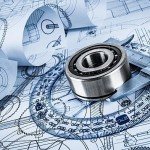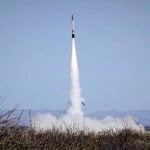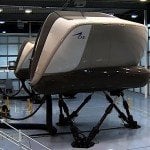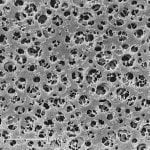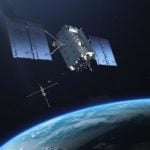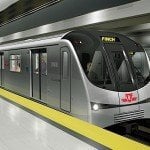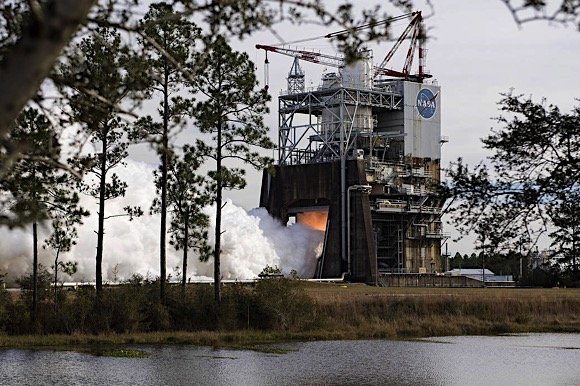
NASA engineers successfully tested an RS-25 rocket engine with a large, 3D-printed part for the first time on December 13th. The test marked a key step toward reducing costs for engines that power NASA’s Space Launch System.
The 400-second hot-fire test was conducted at NASA’s Stennis Space Center, using NASA’s largest 3D-printed rocket engine component, the pogo accumulator assembly.
During flight, rockets may experience a series of powerful vibrations that occur due to the engines and propellant in the feed lines. The vibration is described as being “similar to the up-and-down motion of bouncing on a pogo stick,” thus giving it the name “pogo effect.” The 3D-printed part that was tested is a piece of hardware that regulates liquid oxygen movement in the engine, allowing it to act as a shock-absorber and prevent the vibrations that can destabilize a rocket’s flight.

Andy Hardin, SLS engine integration hardware manager, discussed plans for the RS-25 and NASA’s attempts at reducing costs while ensuring safety and reliability. “As we build future RS-25s,” said Hardin, “NASA and our partners are taking advantage of innovative manufacturing techniques, including additive manufacturing, or 3D printing, to make the engines more affordable. 3D printing is revolutionizing manufacturing, and the pogo accumulator is the first of many components that can be built more quickly and less expensively.”
NASA selected the RS-25 engine to leverage the assets, capabilities, and experience of the Space Shuttle Program. 3D-printing the pogo accumulator further reduced costs by eliminating over 100 welds and lowering production time by more than 80 per cent. According to RS-25 engine lead Carol Jacobs, NASA is not stopping there. Jacobs stated, “With modern fabrication processes, including additive manufacturing, the next generation of the RS-25 will have fewer parts and welds. Reducing the number of welds is very important. With each weld comes inspections and possible rework. By eliminating welds, we make the hardware more reliable and the process much more lean and efficient, which makes it more cost-effective.”
The test marks the eighth RS-25 test for the year and the sixth flight controller to be tested for use on the Space Launch System vehicle. The RS-25 engines are leftover space shuttle main engines, which are modified to supply the added power needed for the larger, heavier SLS rocket. Part of that modification includes the new engine controller that serves as the brain of the engine, allowing t to communicate with SLS flight computers and ensure engines are performing at optimum levels. Four RS-25 engines will help power the SLS at launch with two million pounds of thrust.
The SLS will enable a new era of exploration beyond Earth’s orbit, launching astronauts on deep-space exploration missions to the moon and eventually to Mars. The SLS Exploration Mission-1 (EM-1) will serve as the first flight for the new rocket and carry the Orion spacecraft. The EM-2 flight will transport a crew of astronauts aboard Orion.
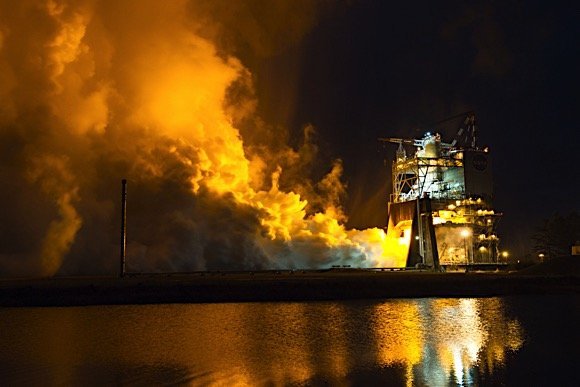
Sources:




